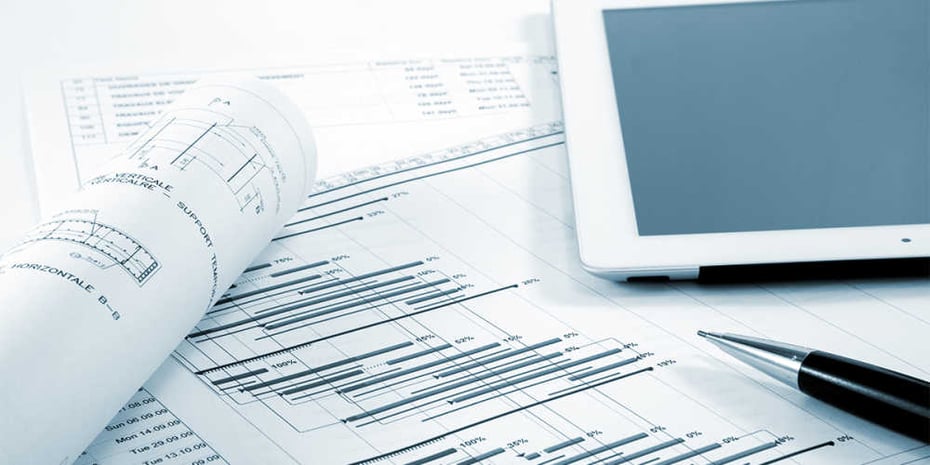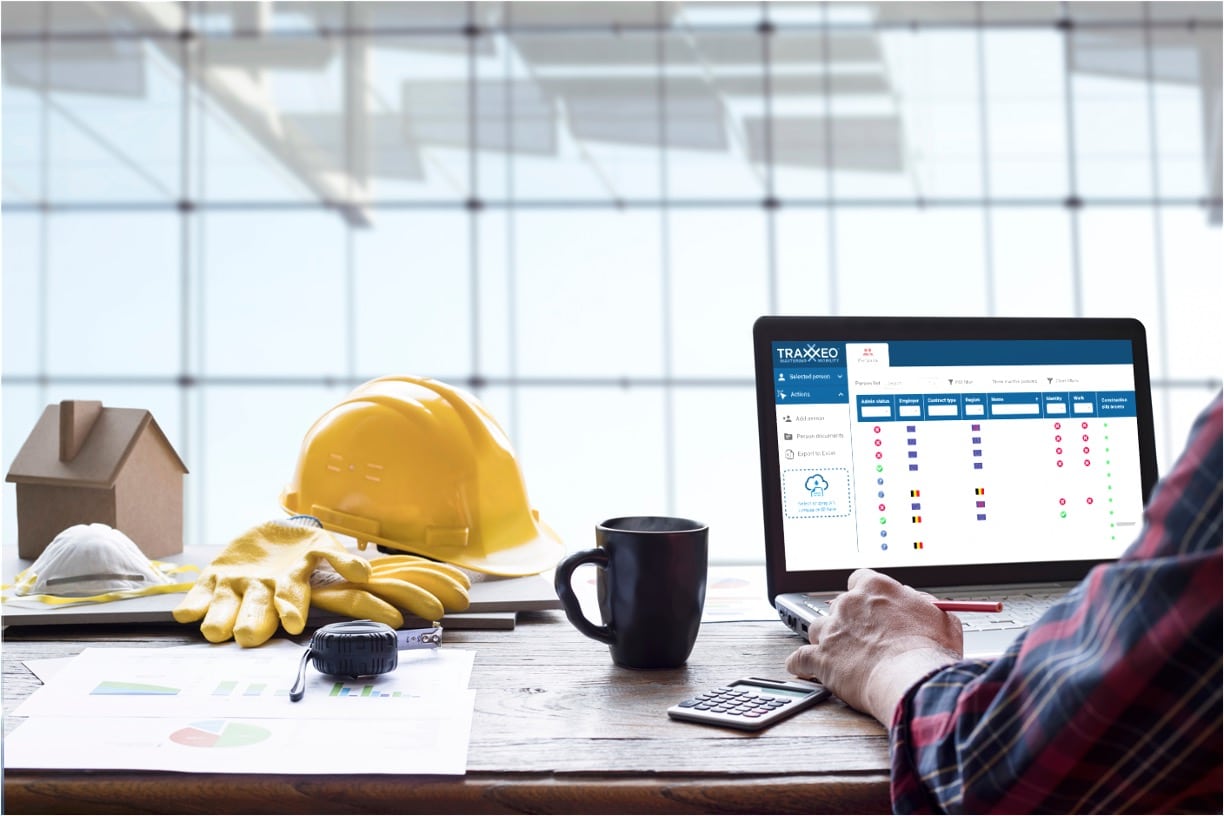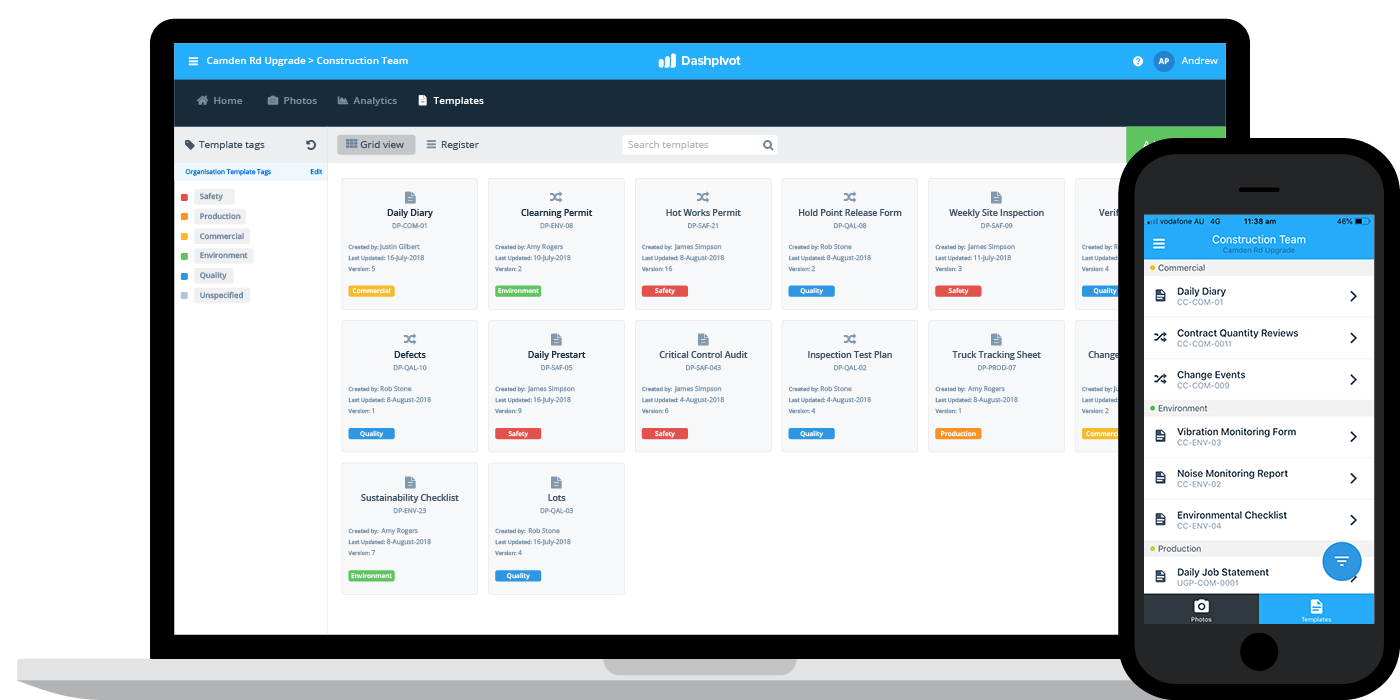Navigating Complexity: Just How Construction Document Management Software Application Can Assist
Navigating Complexity: Just How Construction Document Management Software Application Can Assist
Blog Article
Architect's Guide to Enhancing Building Record Management for Reliable Job Implementation
In the intricate globe of design and construction, the effective administration of task documents stands as a cornerstone for success. Architects are charged with juggling a myriad of drawings, reports, contracts, and specifications, all important parts for bringing a project to fruition. The procedure of organizing, sharing, and keeping these records can often become a maze of inadequacies and setbacks if not taken care of meticulously. By exploring organized approaches, cutting-edge tools, and sector best practices, designers can not just improve their paper administration processes however additionally lead the way for extra efficient project implementation. Allow's browse via the key approaches and options that can revolutionize exactly how engineers take care of building and construction paperwork, making certain tasks are delivered with precision and timeliness.
Significance of Reliable Paper Administration
Why is efficient file management essential for architects in the construction market? Efficient paper management is vital for designers in the building market as it plays a crucial function in making sure the effective implementation of projects. Engineers take care of a huge array of records, varying from style illustrations and specifications to licenses and agreements. Appropriate company and monitoring of these documents are crucial to keep project timelines, guarantee compliance with policies, and help with effective interaction among project stakeholders.

Effective document management makes it possible for engineers to accessibility important info immediately, track job development precisely, and minimize threats related to mistakes or omissions. By carrying out structured document administration processes, designers can enhance collaboration with clients, service providers, and various other employee, bring about boosted job outcomes and client fulfillment.
Furthermore, efficient file monitoring assists architects maintain a comprehensive task background, enabling them to leverage past experiences and lessons learned for future jobs. In today's hectic building and construction sector, where prompt decision-making and information sharing are vital, reliable paper monitoring is a foundation for success.
Approaches for Simplifying File Organization
Effective paper monitoring methods not just guarantee job success for architects in the building sector but additionally lay the structure for implementing approaches for improving paper organization. To streamline record organization successfully, architects ought to first establish a clear identifying convention for folders and data. Uniformity in naming files based upon task stages, document types, and appropriate info will certainly assist in very easy access and lower confusion.
Making use of cloud-based storage remedies can likewise improve record company by supplying a central area for all project-related documents - construction document management. This enables group members to access one of the most updated documents from anywhere, promoting collaboration and performance. Applying variation control systems additionally improves document organization by tracking adjustments, avoiding conflicting edits, and making certain that the most recent versions are constantly offered
Additionally, creating a logical folder structure with marked subfolders for different record groups, such as agreements, drawings, and specs, can streamline paper management processes. Regularly evaluating and purging repetitive or out-of-date documents will aid preserve a lean and orderly paper repository, inevitably enhancing productivity and job results.
Leveraging Innovation Equipment for Partnership
In the world of modern-day style, architects are increasingly depending on innovative innovation devices to foster seamless partnership amongst job stakeholders. Leveraging innovation for cooperation improves interaction, boosts effectiveness, and boosts overall project end results. Cloud-based systems such as BIM 360 and Procore enable real-time access to task papers, enabling architects, clients, and service providers to collaborate properly regardless of their physical area. These devices promote simultaneous editing, variation control, and immediate updates, lowering mistakes and hold-ups brought on by miscommunications.
Virtual layout and building (VDC) software program like Revit and AutoCAD Architecture enable designers to create in-depth 3D models that can be shared and edited collaboratively. This real-time collaboration enhances design precision, visualization, and coordination, causing far better decision-making throughout the job lifecycle. Furthermore, interaction devices like Slack and Microsoft Teams offer instantaneous messaging, file sharing, and video conferencing capacities, promoting seamless communication among employee and stakeholders.
Ensuring Accuracy and Variation Control

Efficient version control likewise assists in taking care of paper approvals and making sure that just licensed personnel make adjustments. Engineers ought to establish clear protocols for documenting modifications, consisting of timestamps and user recognition, to produce an audit route for responsibility. Regularly communicating with the job group regarding version updates and changes is important to stay clear of complication and maintain positioning throughout the building process.
Ideal Practices for Record Sharing and Accessibility
Having actually developed a robust system for variation control in construction record monitoring, designers can currently concentrate on optimizing file sharing and gain access to techniques to boost partnership and effectiveness amongst project stakeholders. One of the very best practices for effective record sharing is to make use of cloud-based systems. These systems provide real-time accessibility to task papers, allowing employee to see, modify, and comment on data simultaneously. By streamlining documents in a cloud environment, architects can make sure that all stakeholders are collaborating with one of the most updated information.
In addition, applying role-based access control is crucial for preserving data security while promoting collaboration. Designating different permission degrees to employee makes certain that sensitive info navigate to these guys is only available to licensed employees. Routinely updating access authorizations based upon project demands and team changes is essential for preserving information integrity.
Integrating job monitoring software application with file sharing systems can also improve workflows. This combination enables smooth interaction, task monitoring, and document administration within a solitary pop over to these guys user interface, lowering the need to switch over in between multiple devices. By following these ideal methods, engineers can develop a more reliable and collaborative record sharing environment, eventually resulting in effective job implementation.

Conclusion
In verdict, efficient construction paper management is vital for effective project implementation. By applying strategies for company, leveraging innovation tools for partnership, ensuring precision and version control, as well as following best techniques for file sharing and accessibility, architects can streamline their process and boost overall job efficiency. Focusing on these facets of paper management will certainly bring about smoother project implementation and better outcomes for all stakeholders involved.
Efficient document monitoring is vital for engineers in the construction sector as it plays an essential function in making sure the successful execution of jobs. construction document management. Proper company and administration of these documents are critical to maintain job timelines, guarantee compliance with policies, and assist in reliable interaction among job stakeholders
Efficient paper administration techniques not just make certain job success for architects in the building market yet additionally lay the foundation for implementing methods for improving record company. One crucial method is developing a central record repository where all team members can access the newest variations of illustrations, specs, and other job papers.Having actually developed a robust system for variation control in building file management, engineers can currently concentrate on maximizing record sharing and accessibility approaches to improve partnership and this efficiency among task stakeholders.
Report this page